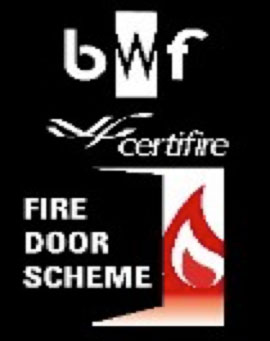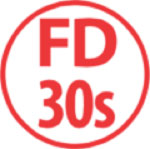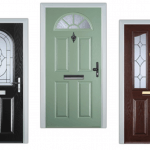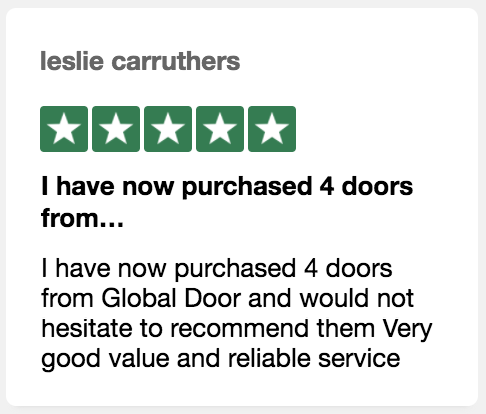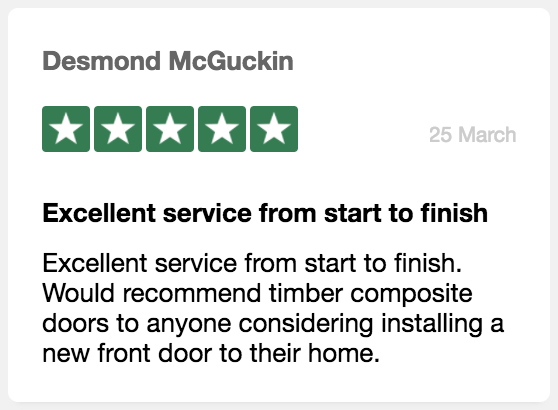Are Composite Doors Fireproof?
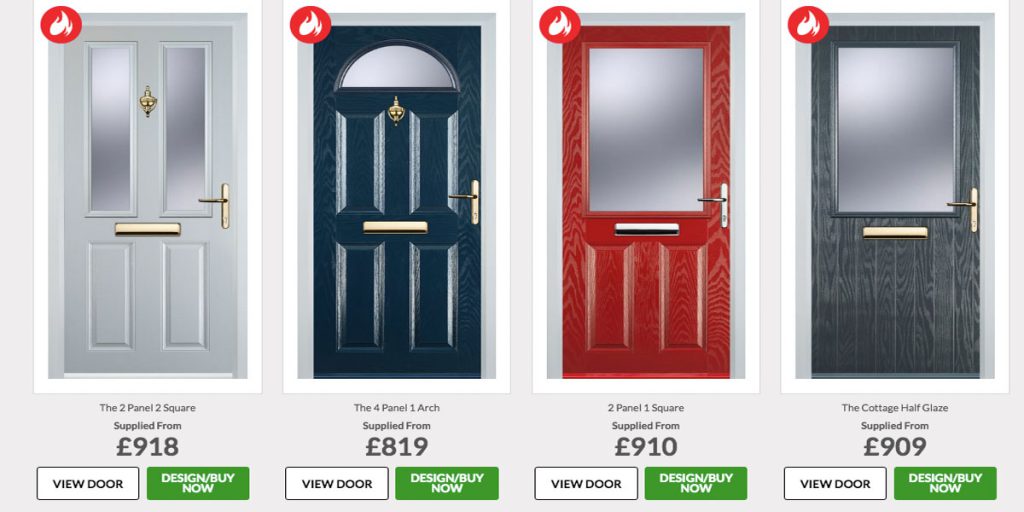
Your Composite Door Questions Answered:
Are Composite Doors Fireproof?
The easy answer is NO unless you specifically specify a Fireproof door –
The use of and positioning of Fire Doors in buildings is governed by the legal requirements as set out in the Building Regulations should you wish to check out all of the requirements applicable to fire doors they are available at –www.planningportal.gov.uk/uploads/br/BR_PDF_ADB1_2006.pdf , the guidance note requires that a building is divided into compartments, protecting escape routes, such as corridors and staircases and that protection is to be provided by Fire Doors.
Fire doors are put in their respective positions for a purpose and that purpose is not to STOP fires it is a CONTAINMENT measure to prevent the spread of flames and smoke and allow as safe as possible an exit from the building which is a very good reasons why Fire doors should never be propped open and should be fitted with Door Closers (that work, have not been disconnected etc.)
A Fire door is not designed to stop the spread of smoke and flame indefinitely – every fire door will be rated as to length of time 30 minutes – 60 minutes etc that it will resist the spread of smoke and flame and it will only achieve these ratings if it has been independently tested by a certified third party testing organisation
If you do specify a fire door it should come with a certificate that looks something like this –
BWF (The British Woodworking Federation) is only one of a number of organisations who provide “third party” testing of Composite Doors, they take samples of the doors from the manufacturer and independently test them to ensure that they will meet the required standards of preventing the spread of fire for the prescribed time – normally 30 minutes in the case of a Composite Door.
The normal method by which Fireproof doors are categorised is by a logo such as that below where in this case the FD represents Fire Door and the 30 represents the number of minutes that the door is certified as capable of preventing the spread of fire and the “s” endorses the 30-minute prevention of spread of smoke.
The logos may vary between manufacturers but they should appear both in the companies advertising and when your door is delivered the package should contain the appropriate certification, normally a sticker to one edge of the door confirming its specification and a Third party fire certification document.
The BWF have produced an excellent video “freely available on YouTube” which provides a checklist of exactly what to look for when choosing a fire door.
https://www.youtube.com/watch?v=nbX1wXeEFWU#action=share
As highlighted in the video the correct installation of a Fire Door can be essential in ensuring that it operates correctly, it is not a job that should be undertaken by a DIY enthusiast and for the safety of your family and your home, the use of a professional installation service is advised.
The most common criticism of fire doors was that they were bulky, unattractive and had obtrusive door closers and the Georgian Wired Glass where used was considered “ugly”
this is no longer the case as Fire Doors are available to match the styles of many front doors, this rather attractive blue two panel two square is a fire door –
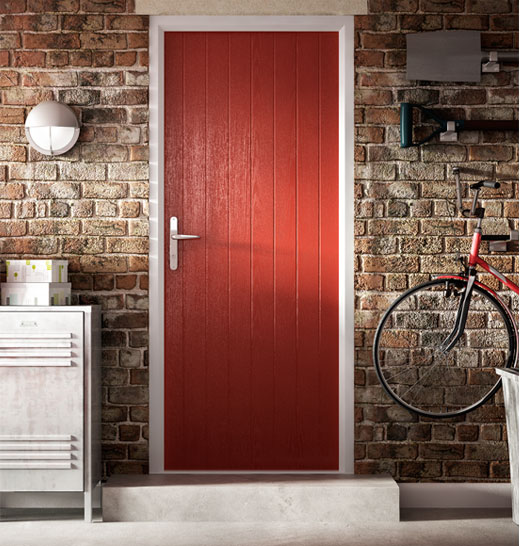
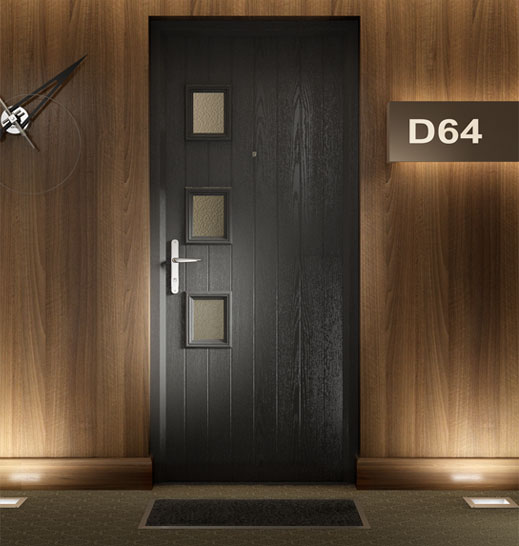
they are all available in a large choice of colours
the obtrusive surface mounted door closer can be replaced with a “concealed closer” which is inset into the door frame and body of the door jamb
the Georgian Wired glass has been replaced with 7mm Pyrodur (or similar) fire resistant glass as standard – available in in clear or obscure and 100% wire free.
Composite Fire Doors can now be equally as attractive as any other Composite door.


